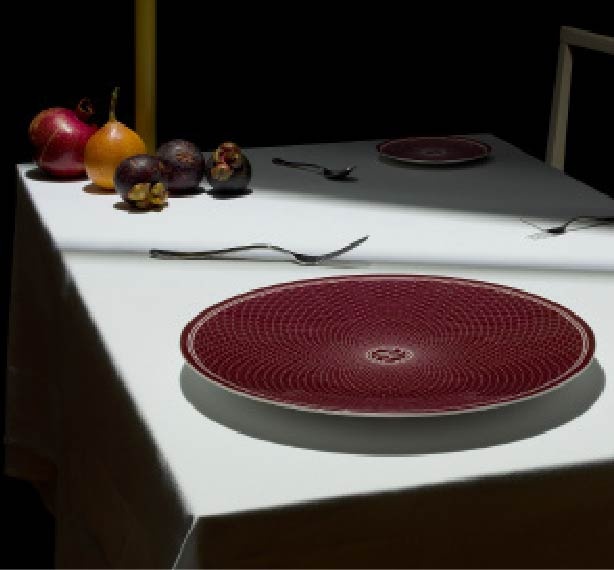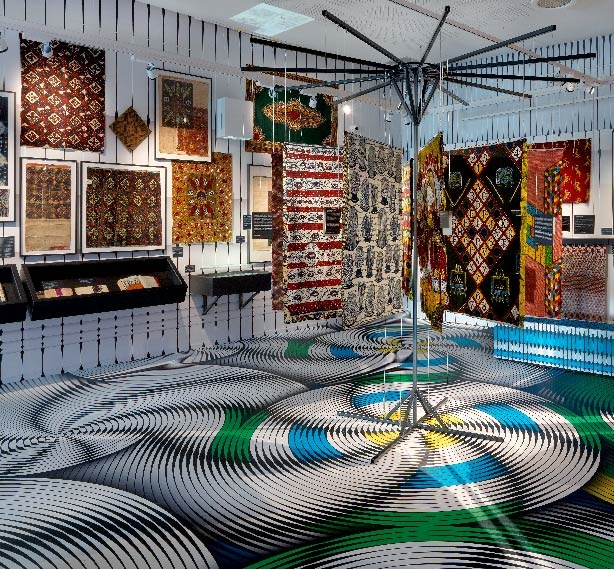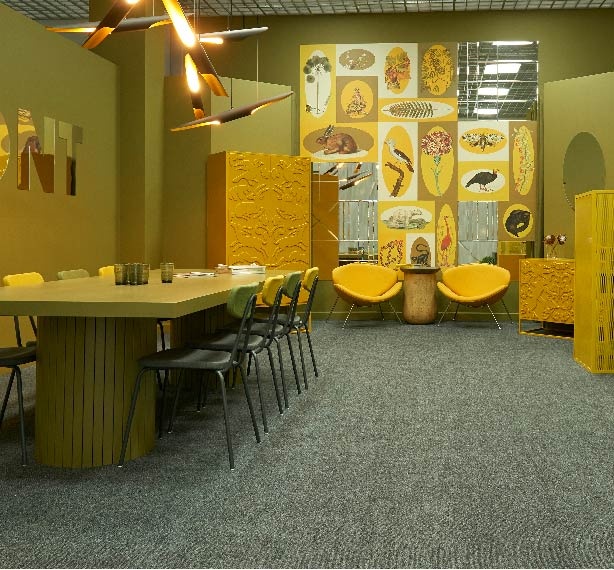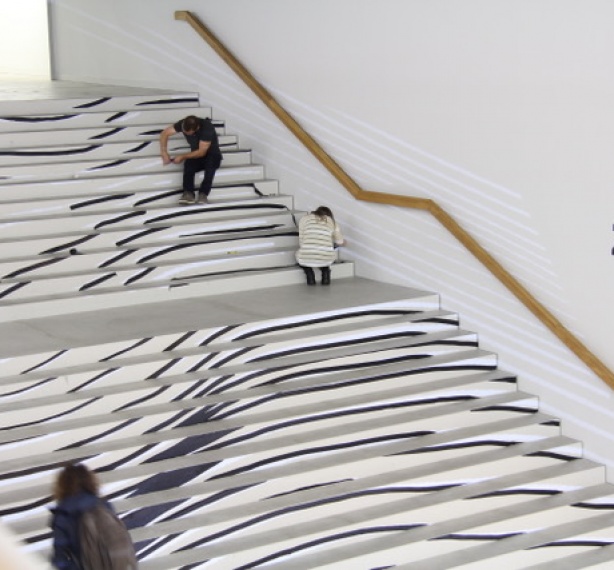How Design Thinking Made Tim a Champion
There are few greater advocates of Design Thinking than Tim Morehouse, a New Yorker who went from being an average fencer with little focus or ambition to winning a silver medal at the 2008 Beijing Olympics. He puts his unexpected success down to “developing unconventional moves”, which he later realised is exactly how Design Thinking works.
He says: “The cornerstone of Design Thinking is Human-Centred Design, which involves getting feedback and making revisions from real-world situations. Part of discovering my unconventional moves involved me giving up on trying to design moves that I thought should work, or what other people told me should work, and focusing instead on designing moves that the system was actually telling me were working.”
His goal as a fencer was to qualify for the Olympics and then to win a medal. “Because I had a clear goal, it gave me a clear understanding of the results my moves had to achieve. In order to make the Olympics, I had to design moves that could defeat Olympians. If a move I was using didn’t work consistently on Olympians, then it wasn’t a move that would help me achieve my goal and it had to go. Whether designing your business or your game as an athlete, you won’t succeed unless you have a clear goal.”
He continues: “Prototyping is the time to be creative and try new ideas and solutions. Throughout all the years I’ve taken lessons with my coach Yury Gelman, we have tried thousands of different moves and combinations of moves that have ranged from the standard to the incredibly wonky… It takes time to discover what works best for you. You can’t be afraid to experiment, even if some of your ideas seem far-fetched, and you can’t be afraid to try things that might ‘fail’. The nature of designing a breakthrough product or move is that you will have many ‘failures’ until you find the thing that works.”
“Having prototyped a new move, I would then go and practise the move with my teammates to see how well it worked. Often it didn’t! Sometimes only a piece of a move worked and I would carry the successful bits forward to competition while discarding the ‘products’ that the ‘market’ was telling me wouldn’t work.”
He refers to the moves that were only “minimally viable” as a “quick and dirty” test-able version of what the final move might look like. “It won’t have all the smoothed-out edges, but it will be strong enough from testing in lessons and practice that you can take it into the ‘market’ for a test-run.” He goes on: “As an athlete, my ‘market’ is competition. Once I found a promising move, I’d first try it at local competition and see how it would fare against a variety of opponents. If the move still showed promise, I’d take the next step of bringing it to a national competition, and if the move still showed promise, I’d bring it to a world competition. Some 99 percent of my experiments never made it past a local competition.”
“Each time I brought out a new move I would pay attention to how it was working and against whom. This is where the human-centred design approach matters. Ultimately, it doesn’t matter if something works in practice. If it doesn’t work in the ‘real world’ then it isn’t a final solution or product, and back to the drawing board it goes for further tweaking and testing.”
Morehouse concludes: “The only way to determine if something meets the bar you’ve set is by testing it in the real world. Yes, sometimes you will look silly when you are testing out a new move in your market, but don’t let that deter you. The moves that I ultimately developed to succeed at the Olympics came through years of work and years of ‘looking silly’. If you have a clear goal and a healthy dose of Design Thinking, eventually you will hit on your winning moves.”
Others

Latest News | 1 December 2018
Radical New Slant on Cityscapes from French Design Duo Bouroullec Brothers - Urban Daydreaming

Latest News | 1 December 2018
Crouching designer, hidden cultural identity Tim Yip: Blue — Art, Costumes and Memory

Latest News | 1 December 2018
Artist Interview - Chic & Artistic

Latest News | 1 December 2018
Artist Interview - Lochner | Carmichael

Latest News | 1 December 2018
Artist Interview - Sandrine Dulermo & Michael Labica

Latest News | 1 December 2018
Artist Interview - Studio Harm Rensink

Latest News | 1 December 2018
Artist Interview - Tsaruk & Ahmadova

Latest News | 1 December 2018
Why Enterprise Architecture Needs Design Thinking

Latest News | 1 December 2018
Master Thinker on Health X Design: Professor Ian Gwilt

Latest News | 1 December 2018
Master Thinker on Enterprise X Design: Elaine Ann

Latest News | 1 December 2018
Master Thinker on Food X Design - Professor Michael Krohn

Latest News | 1 December 2018
Design Thinking is About Finding Out What Works in the Real World

Latest News | 1 December 2018
HKDI Alumni: The Spirit of Esprit

Latest News | 1 December 2018
Margaret Morton—Fragile Dwelling: Homeless Communities of New York City
